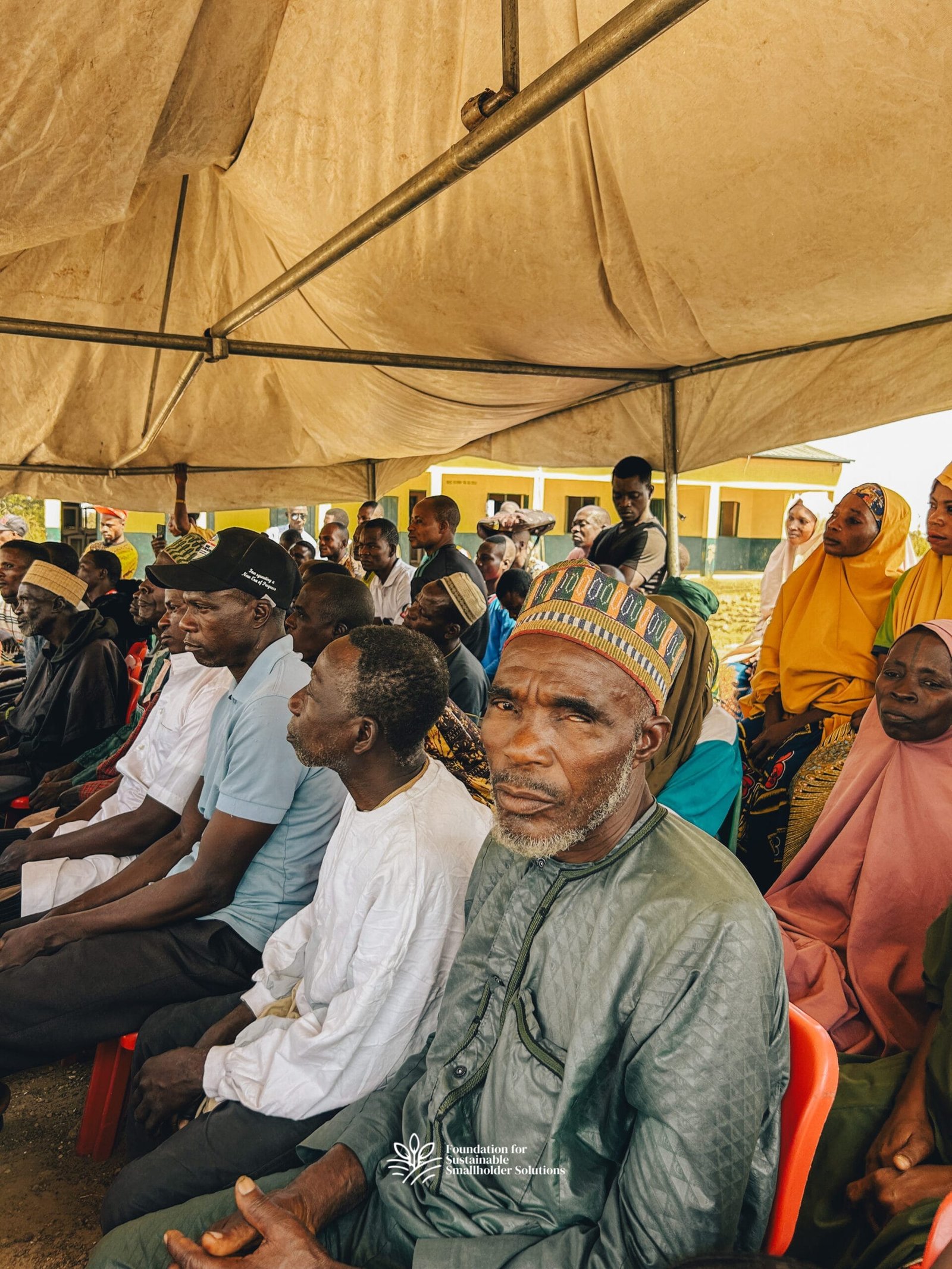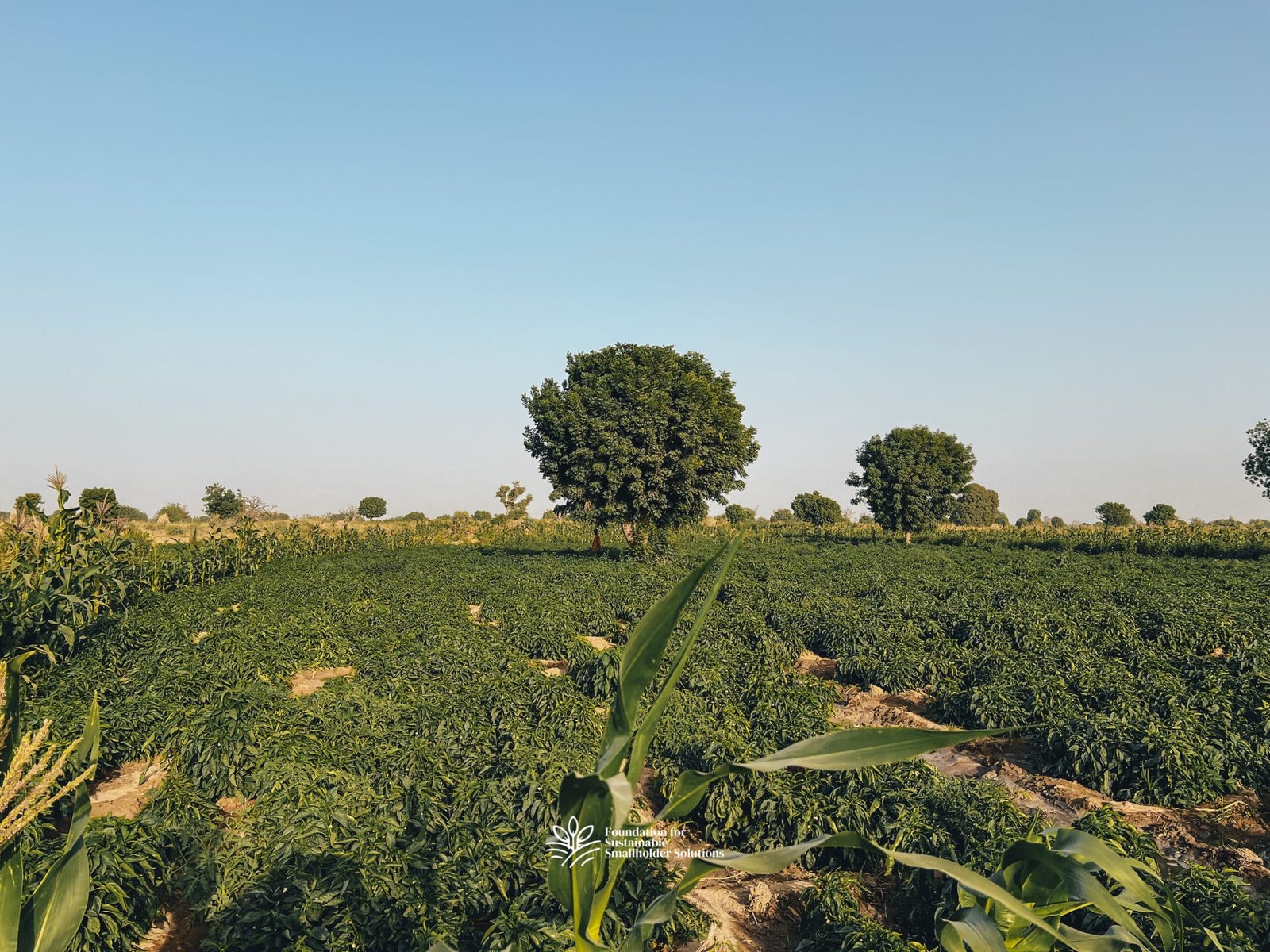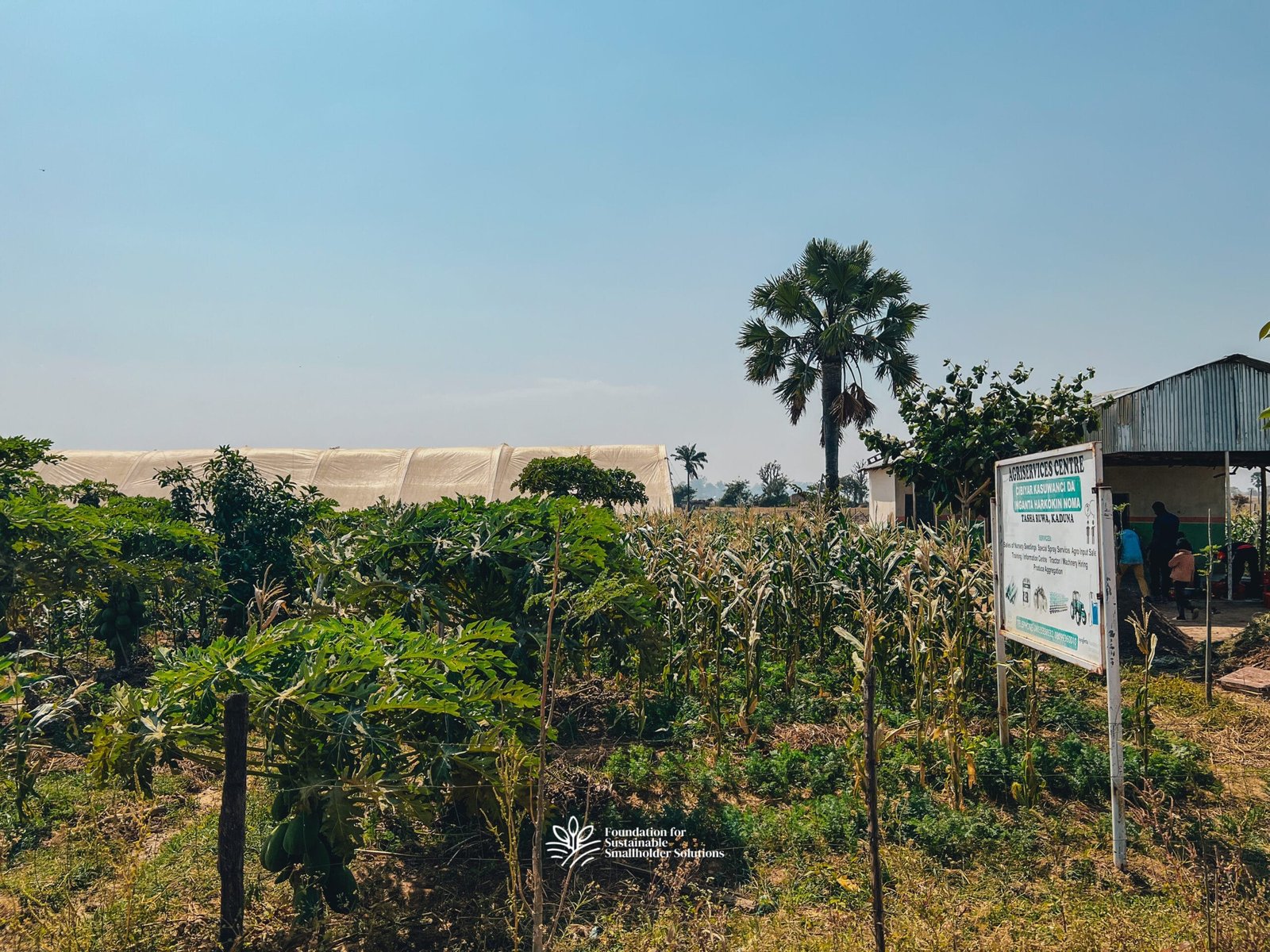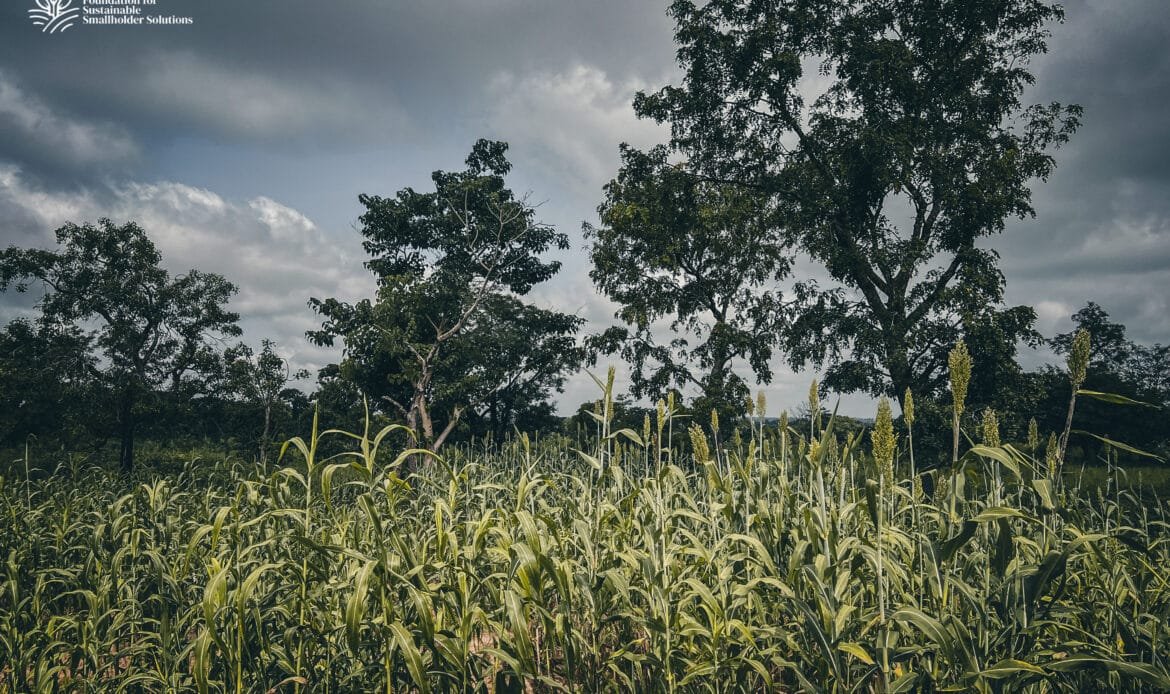Forests are an essential part of our planet, playing a crucial role in regulating the climate, maintaining biodiversity, and providing resources such as food, medicine, and timber. However, deforestation and unsustainable agricultural practices continue to threaten forest ecosystems, leading to soil degradation, loss of biodiversity, and climate change. As we mark the International Day of Forests on March 21, in line with our theme for the year, Growing Together: For People, Planet, and Prosperity, it is important to explore sustainable farming techniques that help protect forests while ensuring food security and prosperity.
Agroforestry and mixed cropping are two innovative agricultural practices that offer a balanced approach to farming, allowing farmers to increase productivity without harming the environment. These methods integrate trees, crops, and livestock in ways that enhance soil fertility, improve water conservation, drive reforestation, and reduce the need for chemical inputs. By mimicking natural ecosystems, they help restore forest, degraded land, combat climate change, and make farming more resilient to extreme weather conditions.
For smallholder farmers, especially in developing countries like Nigeria, these techniques provide an opportunity to diversify their income, improve food security, and adapt to the challenges of climate change. Beyond the farm, these practices contribute to larger environmental benefits, such as reducing greenhouse gas emissions and preventing desertification. Understanding how agroforestry and mixed cropping work can help farmers, policymakers, and environmentalists promote more sustainable land use practices for a greener and more productive future.
What is Agroforestry?
Agroforestry is a land management system that combines trees and shrubs with crops and livestock on the same piece of land. Unlike traditional farming, which often involves clearing trees to make way for crops, agroforestry integrates trees into farming practices. This method provides multiple benefits, such as enhancing soil fertility, conserving water, and increasing biodiversity.
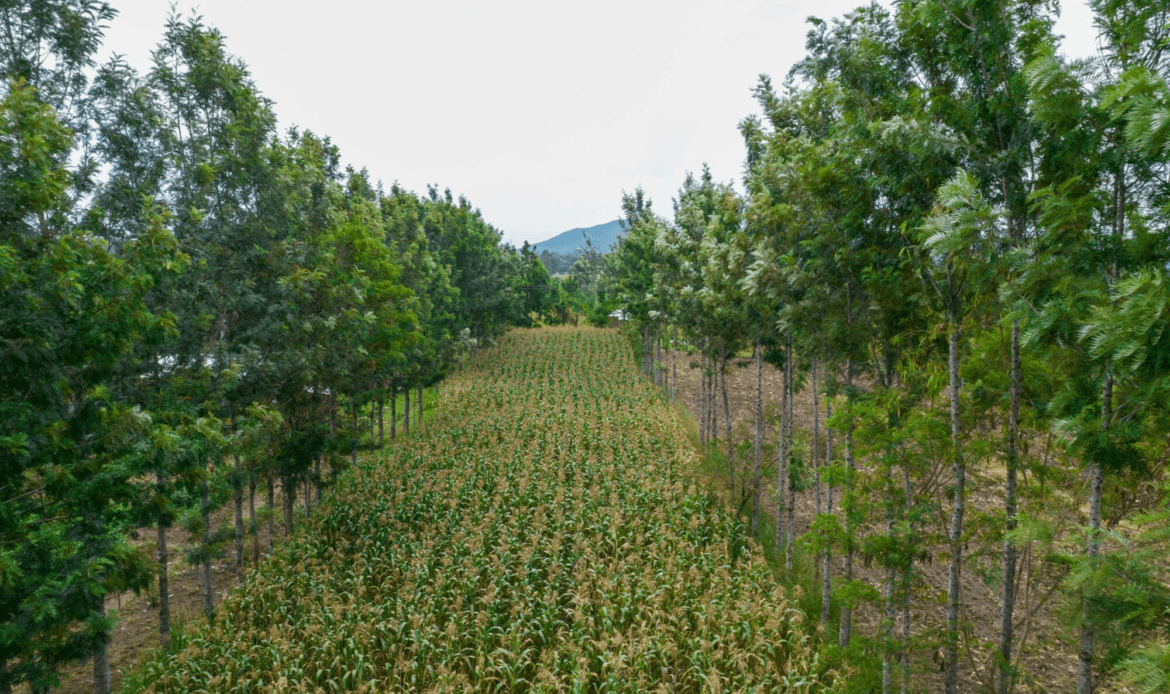
Types of Agroforestry
Agroforestry can take different forms depending on the climate, land type, and the needs of farmers. Some common types include:
- Silvopasture: Trees are planted in grazing fields where animals like cows and goats feed. The trees provide shade and protect animals from extreme weather.
- Alley Cropping: Crops are grown between rows of trees or shrubs. The trees provide shade and wind protection while improving soil fertility through fallen leaves and roots.
- Forest Farming: Farmers grow shade-loving crops like mushrooms, spices, or medicinal plants under a forest canopy.
- Windbreaks and Shelter-belts: Rows of trees are planted along the edges of farms to reduce wind damage, control erosion, and protect crops.
What is Mixed Cropping?
Mixed cropping is a farming practice where two or more crops are grown together on the same field at the same time. Unlike monoculture (growing a single crop), mixed cropping mimics natural ecosystems, making farming more sustainable and resilient.
Types of Mixed Cropping
Farmers use different combinations of crops to maximise benefits. Some examples include:
- Cereal-Legume Mixture: Growing maize and beans together improves soil fertility because legumes fix nitrogen in the soil.
- Root and Leafy Vegetable Mixture: Planting yams with spinach ensures better use of soil nutrients and reduces pest attacks.
- Trap Cropping: A less valuable crop is planted alongside the main crop to attract pests away from the valuable one.
How Agroforestry and Mixed Cropping Enhance Productivity
Both agroforestry and mixed cropping help farmers produce more while using fewer resources. Here’s how:
- Improved Soil Fertility: Trees and leguminous plants in agroforestry systems fix nitrogen in the soil, reducing the need for chemical fertilisers. Different crops in mixed cropping use nutrients in a balanced way, preventing soil depletion.
- Better Water Retention: Tree roots hold soil together, reducing water loss and preventing erosion. Mixed cropping ensures that plants with deep and shallow roots coexist, allowing better water absorption.
- Higher Yields: Growing multiple crops at once reduces the risk of total crop failure, ensuring farmers have a steady harvest. Trees provide fruits, nuts, or fodder, adding extra sources of income.
- Pest and Disease Control: Mixed cropping discourages pests from spreading because different crops confuse insects. Agroforestry attracts beneficial insects like bees and ladybugs, which control harmful pests naturally.
How These Practices Protect the Environment
- Reducing Deforestation: Agroforestry encourages farmers to plant trees instead of cutting them down, helping to restore forests and combat deforestation.
- Lowering Greenhouse Gas Emissions: Trees absorb carbon dioxide (CO₂), reducing the amount of greenhouse gases in the air. Mixed cropping also reduces the need for chemical fertilisers, which release harmful emissions.
- Preventing Soil Erosion: Tree roots stabilise the soil, preventing it from being washed away by rain or blown away by the wind. Mixed cropping reduces the need for ploughing, which disturbs soil structure.
- Promoting Biodiversity: By growing different plants and maintaining tree cover, these methods create habitats for birds, insects, and small animals, supporting a healthy ecosystem.
Challenges and Solutions
Despite their benefits, agroforestry and mixed cropping face challenges such as:
- Slow initial returns: Trees take years to grow before they provide benefits. Farmers are advised to grow fast-maturing crops alongside trees to earn income while waiting.
- Need for knowledge and skills: Farmers may lack training on how to implement these systems effectively. The Foundation, through its partners and the Farmers’ Hubs, provides training and demonstration farms.
- Limited access to markets: Some agroforestry products like tree nuts or medicinal plants require special markets. Through our Farmers’ Hubs, smallholders can form cooperatives to sell their products in bulk and attract buyers.
What the Foundation is Doing
The Foundation is actively promoting sustainable agriculture through its Farmers’ Hubs, where over 50,000 farmers across Nigeria have been trained in agroforestry and mixed cropping. Through these training programmes, farmers are learning how to increase productivity while restoring the environment by planting trees and integrating sustainable practices into their farms. By equipping farmers with knowledge and practical skills, the Foundation is ensuring that agriculture remains both profitable and environmentally friendly.
As we celebrate the International Day of Forests, we encourage everyone to play their part in protecting our forests. Whether you are a farmer, a policymaker, or an everyday citizen, planting trees and supporting sustainable farming practices can help safeguard our environment for future generations.


